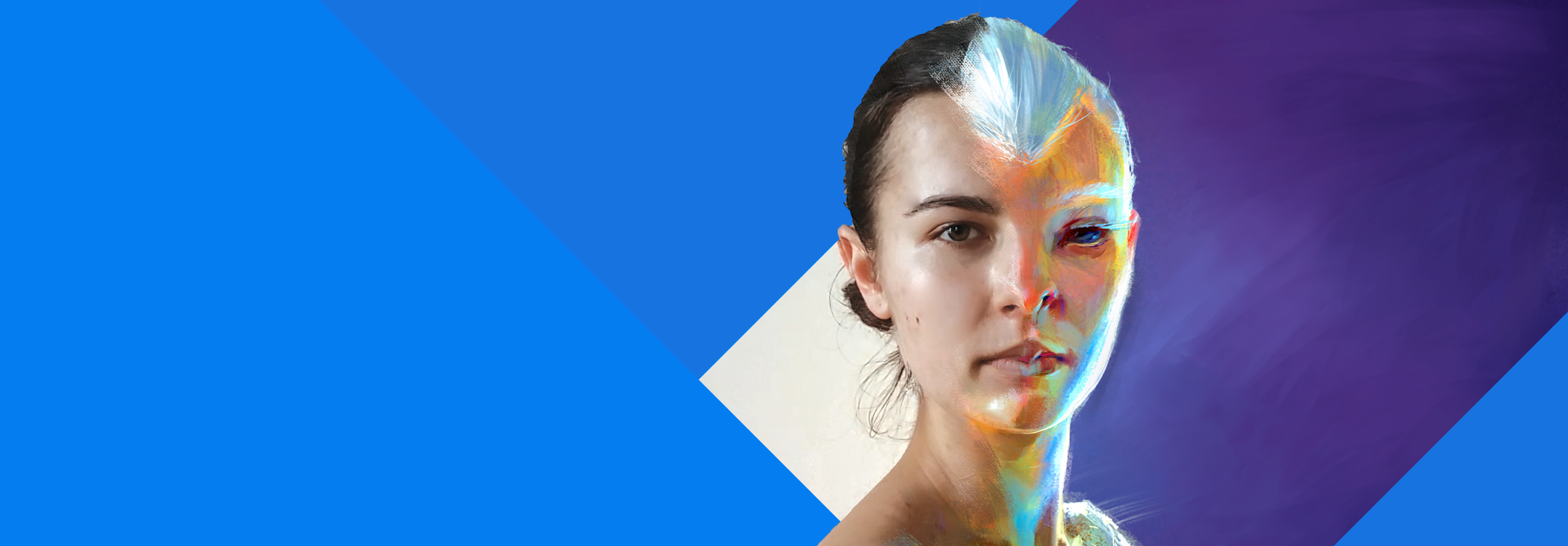Don’t let safety step out of the spotlight
I’m the Group Safety Manager of an organisation with that all-too-rare commodity, an in-house safety team. Over the last three years, the role of that team has been thrown centre-stage.
Back in 2020, the pandemic meant event organisers started asking about health and safety practices before almost anything else. In 2021, the answers evolved rapidly through changing rules, on-and-off lockdowns, and ever-shifting travel restrictions. This year, fewer and more vague COVID restrictions mean, if anything, getting your Health and Safety policies and communications right is more important than ever.
As a result of the pandemic, Health and Safety has grown its remit to become about more than just keeping people safe (although obviously that’s always the prime directive). Today, an often-nervous attendee population might want to be part of an event, but if they don’t see and understand how organisers are going to ensure they’re safe, they simply won’t come.
So, carefully planning your policies and practices, then communicating them clearly and consistently can make or break your event. Here are my top tips for event organisers:
- Blend health and safety into your project planning process
The right safety decisions can help you meet your event goals, instead of getting in the way. For example, design necessary H&S messaging into your event assets artfully, instead of adding awkward-looking safety signage at the last minute. - Mental health and wellbeing is a big focus in 2022
While some are excited to get back to live events, others still feel extremely apprehensive. In our Return to Live insights report, we saw that Health and Safety communications play a huge role in helping people feel comfortable attending. FAQ pages are a great way for attendees to access information in advance, but also consider how they can contact you with questions or concerns directly, both before and during the event. - Going over and above can be a good thing
There is health and safety law which sets out the absolute minimum requirements. But, in other aspects of your event, you likely wouldn’t consider ‘the absolute minimum’ good enough. Have the same mindset with health and safety management, it can help you make sure workers and attendees feel not just safe, but appreciated and cared for. If you don’t think your venues or suppliers currently meet your safety standards, you can work with them to bring them up to your level. - Share knowledge and keep learning
I’m fortunate to work as part of an award winning Safety Team supporting a huge range of fantastic events across the globe. Although many aspects of these events are top secret, health and safety is not. If something works, or doesn’t, we share that knowledge as widely as we can. - Contingency planning is a vital part of risk management
It would be naïve to plan any event without asking the question ‘what if?’. What if the delegates can no longer attend in person? What if our supplier can no longer get to the location? What if a key team member or speaker has to isolate in a foreign country for two weeks and unexpectedly can’t be at the event? ‘What if?’ can be a scary question, but it’s how you can be sure you’re ready, whatever happens.
As COVID becomes endemic, rather than pandemic, it’s tempting to think health and safety can take a back seat. For me, that should never be the case. By communicating clearly, sharing knowledge, and going above and beyond the minimum requirements, we can ensure that people at our events are more than just safe, they’re confident to return to the experiences they love.
Talk to an expert about event safety here, no strings attached.



